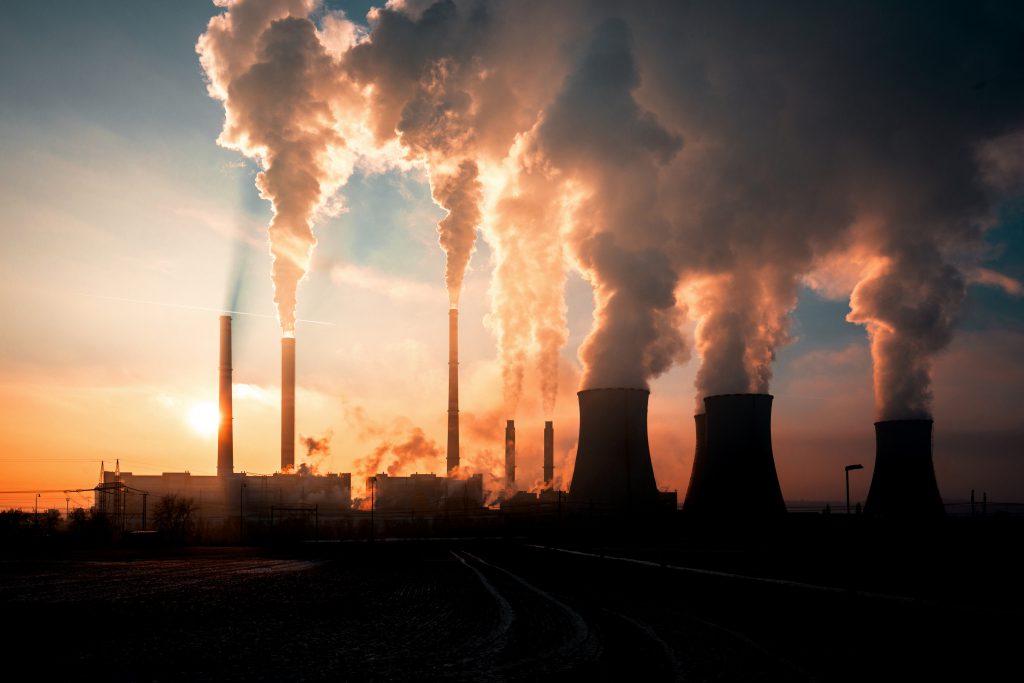
Skarn Associates is pleased to announce the first release of its Carbon Emission Curves for the mining industry. These curves and underlying mine-by-mine data are available for iron ore, copper, nickel and metallurgical coal, covering global mine production excluding China.

These four commodities are vital inputs for the world economy, accounting for more than 50% of the total rock mined globally. In particular, nickel is growing in importance as a component of electric vehicle batteries, which has recently prompted increased scrutiny of its environmental footprint.
Skarn’s objective with this analysis is to quantify carbon emissions along the supply chain at a granular (asset) level. The analysis covers 2018 and 2019 Scope 1 and 2 CO2e emissions*, plus freight and downstream processing.
Our analysis is carried out according to carefully defined supply chain system boundaries, to facilitate like-for-like comparison of assets. We include emissions from mining activities, ore processing, transport and downstream processing, up to the first-use entry point. Skarn’s methodology is available for download here.
● The copper carbon intensity curve covers Scope 1 and 2 emissions from mine sites, plus freight and downstream processing to copper cathode. The assets covered account for over 86 million tonnes (Mt CO2e) of Scope 1 and 2 CO2 equivalent emissions, plus an additional 38Mt CO2e associated with freight to importing country port, smelting and refining.
● The iron ore carbon intensity curve covers almost all of global seaborne supply. The assets covered account for over 34 million tonnes (Mt CO2e) of Scope 1 and 2 CO2 equivalent emissions, plus an additional 62Mt CO2e associated with land and sea freight to importing country port.
● For metallurgical coal, Skarn’s carbon intensity curve accounts for virtually all global seaborne supply. Mine site Scope 1 and 2 emissions accounted for a total of 49Mt CO2e, including fugitive methane, plus an additional 14Mt CO2e associated with freight to importing country port.
● The nickel carbon intensity curve covers Scope 1 and 2 emissions from mine sites, plus freight and downstream processing to the first saleable nickel product (Class 1 Nickel for concentrate producers, and intermediate compounds for others). The assets covered account for over 37Mt CO2e of Scope 1 and 2 emissions, plus an additional 67Mt CO2e associated with freight to importing country port and downstream processing.
The 2019 carbon emissions associated with the mining and delivery to market of these four commodities therefore total over 387Mt CO2e, which roughly equates to the annual country total emissions from Australia or the UK. In addition to these commodities, Skarn has also created mine-by-mine carbon intensity curves for gold, silver and cobalt which will be published over the coming weeks.
Underlying these curves is a detailed reconciliation between energy inputs and carbon emissions, normalised to consistent units of production. For each commodity, appropriate system boundaries – i.e. clearly defined cut-off points within the supply chain – have been applied.
In our company-level analysis, we have taken a stringent approach to allocation of emissions according to equity ownership of mine assets. Quantifying emissions at a granular, asset level, allows investors and industry participants to properly understand the factors which drive a company’s environmental footprint.
To facilitate this deeper understanding, Skarn is developing a range of forward-looking, asset- and corporate-level ESG research products, underpinned by deep technical and economic insight into the mining sector and its ESG impacts. Besides energy use and carbon emissions, we are also addressing water and land-use, financial provision for rehabilitation of mine sites and other ESG impacts.
*As defined by the GHG Protocol Corporate Accounting and Reporting Standard
Comments
skierpage
These charts show two numbers, there’s no “curve” anywhere!
And they’re useless without a divisor – 124 million tonnes of CO2-equivalent emissions for _how much_ copper? Is it the total emissions of all the mines that Skarn studied? What buyers want to know is emissions per tonne of stuff they use.
Skarn’s web site has one example of the underlying curve, it It shows tons of CO2-equivalent emissions per percentage of some total of copper mining; it starts very low (efficient mines with low shipping costs) and the last few percent come from highly polluting operations (without naming and shaming them). But apart from emphasizing that your carbon footprint is really affected by where and from whom you get your materials, it is still confusing.